Following on from my last post, whilst the front was elevated, inspection of the steering idler for free play revealed rather more than I was prepared to accept, so it required changing. To check for unwanted play, hold the wheel with hands placed at a quarter to three. If when pushing and pulling simultaneously with both hands the wheel follows suit, then the idler will need replacing. When the idler is new, there is no discernable play at all.
The following day, with the valance removed so as to provide additional room, the track rod ball joint was released. The idler was then detached from its mounting points so as to provide better access for releasing the steering rod. With the air canister and accelerator linkage disconnected, the idler was manoeuvred free from its surroundings.

The steel support bracket and the rubber seal which forms a gutter for the windscreen.

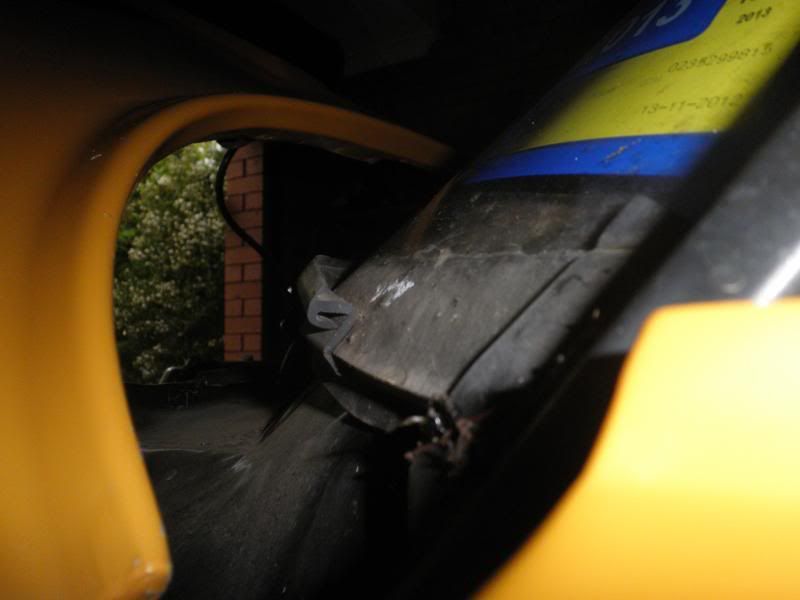
The rubber seal which acts as a gutter can be clearly seen in both of the above two photos. When perished, water can flow past the seal and enter the foot wells through air vents directly above them.
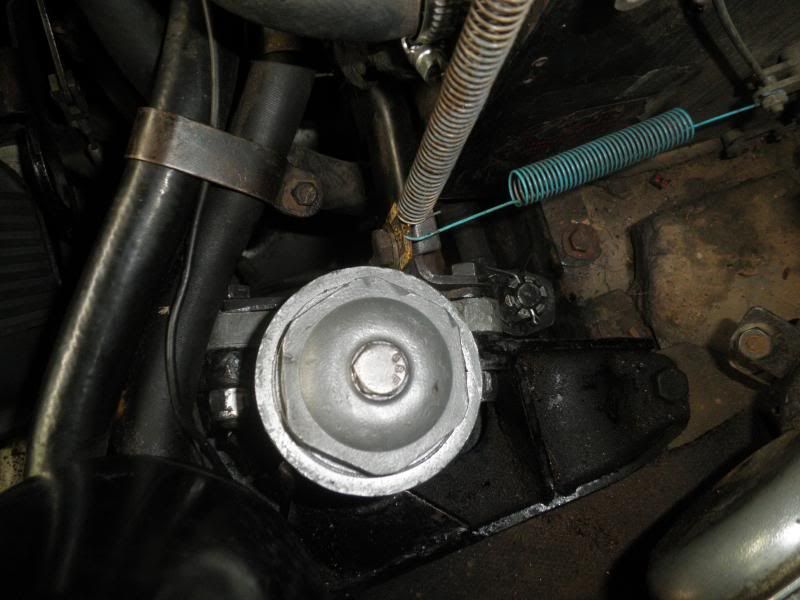
The track rod ball joint awaits releasing from the idler.
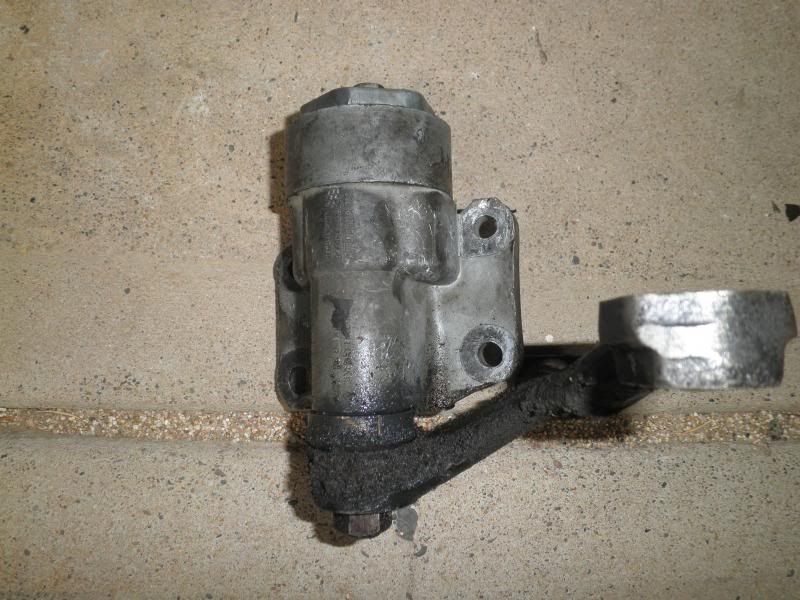
The bush was worn and most if not all of the oil had leaked out, still it served for just over 90,000 Miles (145,000km).
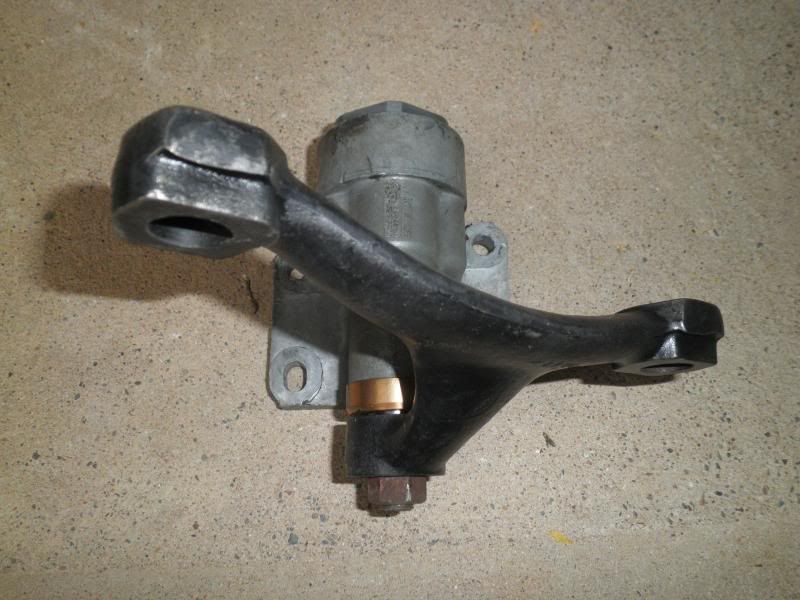
The reconditioned replacement.
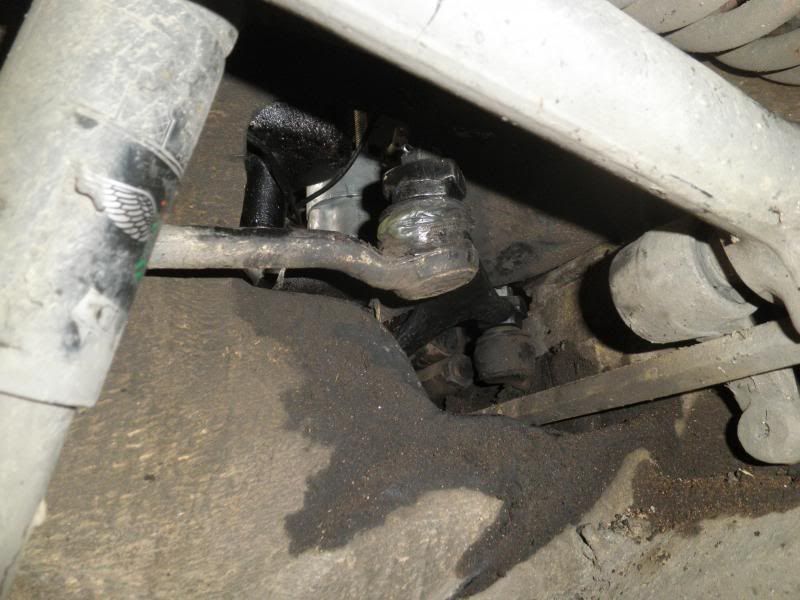
The replacement fitted.
Ron.









